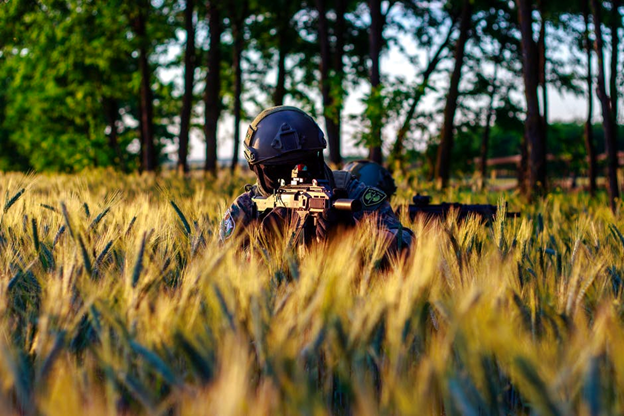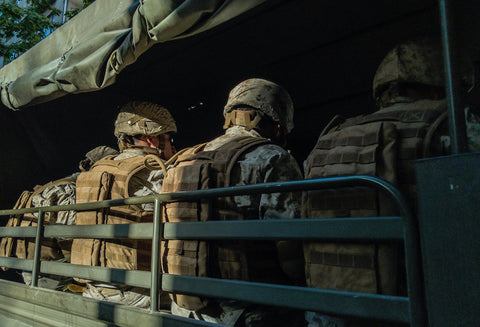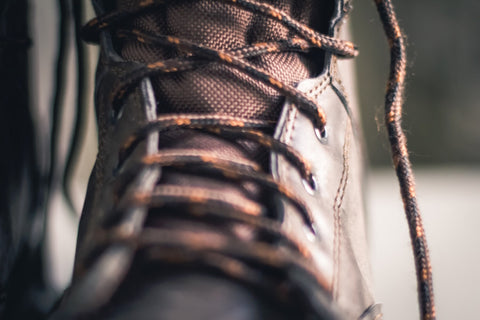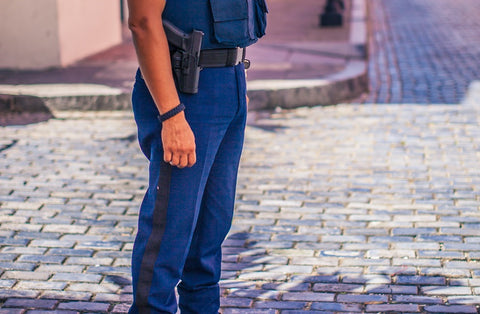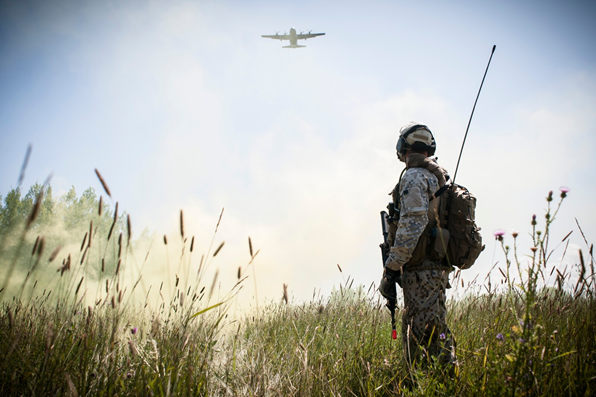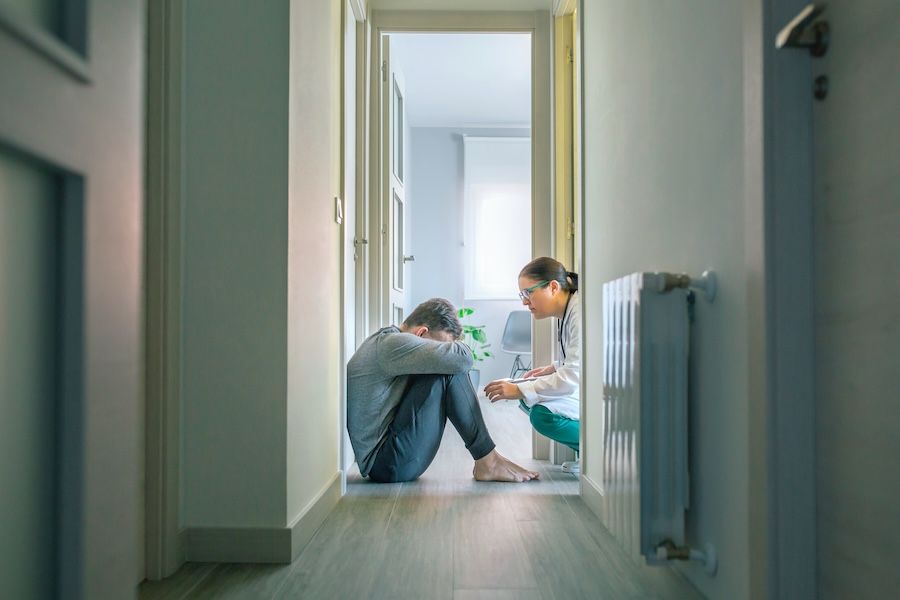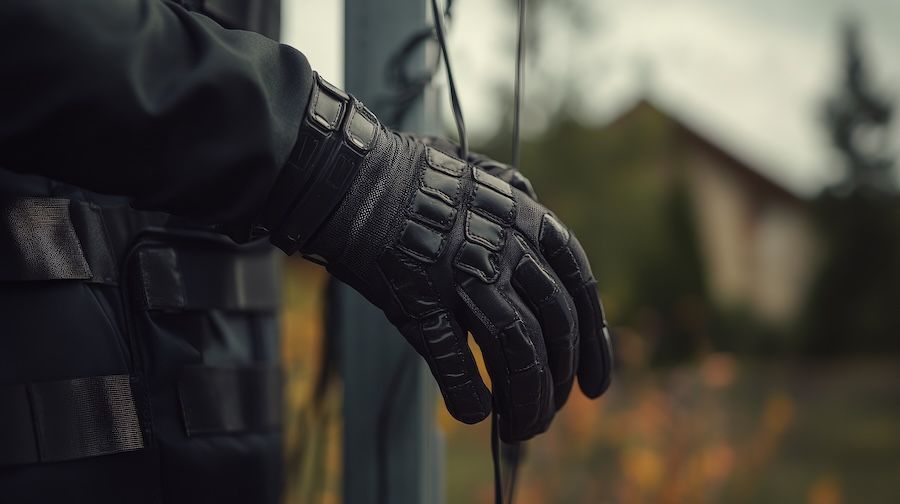Tactical Gear for De-Escalation: Tools for Police in Non-Violent Scenarios
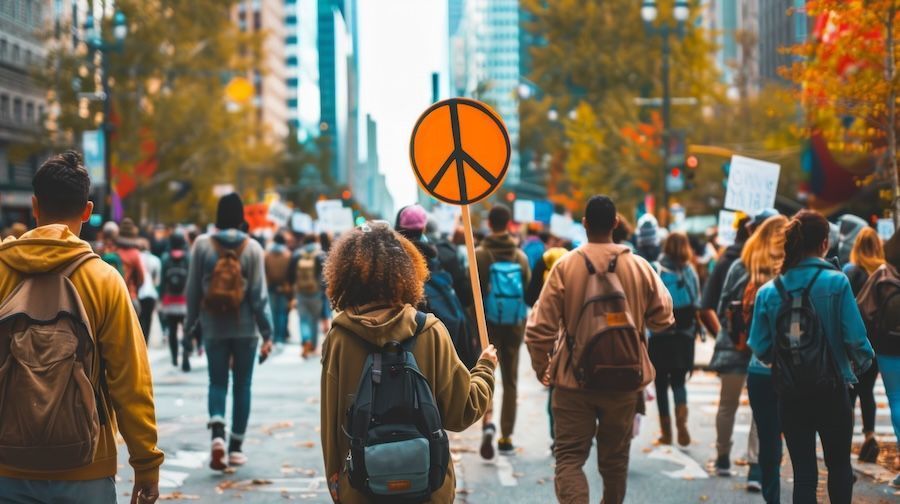
Law enforcement has evolved significantly in recent years, with an increasing focus on non-violent methods to manage tense situations. De-escalation isn’t just a tactic—it’s a mindset.
It’s really about reducing conflict, building trust, and finding peaceful resolutions whenever possible. For officers, it’s a critical skill that requires patience, empathy, and the right tools to support their actions. This shift reflects a broader commitment to community safety, where every interaction prioritizes the well-being of everyone involved.
Tactical gear plays a vital role in making this approach effective. By providing tools that enhance safety without escalating tension, officers are better equipped to maintain control without force. From tools that improve communication to non-lethal options for protection, these items allow police to address challenges calmly and efficiently.
Understanding De-Escalation in Policing
De-escalation is about defusing conflict before it spirals out of control. It means finding ways to calm tense situations, build rapport, and create space for resolution. In policing, this approach can be the difference between a peaceful outcome and a dangerous escalation. The goal is not just to manage behaviour but to address the underlying emotions or misunderstandings driving it.
This strategy is particularly important in high-pressure scenarios. Think of situations like mental health crises, where individuals may act unpredictably due to fear or confusion.
Domestic disputes can also be volatile, requiring officers to tread carefully to avoid intensifying emotions. Public disturbances, on the other hand, often involve groups, where a single spark can quickly escalate into chaos. In all these cases, de-escalation relies on communication, observation, and having the right tools at hand.
The right tactical gear enhances an officer’s ability to de-escalate. These tools don’t replace human skills—they complement them. They help create an environment where both the officer and the individual in crisis feel safer, reducing the likelihood of reactive behaviour.
Tactical Flashlights: Lighting the Way to Calm
Tactical flashlights are more than just tools for illumination. They’re versatile devices that can help police officers manage situations effectively, especially in low-light environments. A well-designed flashlight provides clarity, not just in the literal sense but also in communication. It helps officers see what’s happening while signalling their presence in a non-threatening way.
One of the most effective uses of a tactical flashlight is to establish control without confrontation.
A beam of light can focus attention, redirect gaze, or create a physical barrier between an officer and an individual. This is especially helpful in disorienting environments where visibility is low. By reducing uncertainty, flashlights can help diffuse tension and make interactions feel less intimidating.
These tools are also designed with de-escalation in mind. Unlike heavy-duty equipment meant for aggressive situations, tactical flashlights for non-violent scenarios are compact, easy to carry, and non-aggressive in appearance. Their practicality lies in their subtlety. They allow officers to maintain awareness and control while reinforcing their commitment to non-violence.
Non-Lethal Sprays: A Safe Alternative
Non-lethal sprays are essential tools for officers when it comes to diffusing high-stress situations without resorting to force. These sprays, which include options like pepper gel, foam, or aerosol, provide a safe way to create distance while maintaining control. Their primary function isn’t to harm but to give officers the chance to de-escalate a situation by neutralizing immediate threats.
Unlike traditional sprays, modern non-lethal alternatives are designed to reduce the risk of accidental exposure or contamination of bystanders.
Training is key when using non-lethal sprays. Officers must understand how to deploy these tools effectively while minimizing harm. Knowing when and how to use them ensures they serve their purpose as a de-escalation tool rather than a trigger for escalation. Safety mechanisms, such as controlled pressure and directional spray patterns, are built into many products to reduce misuse.
By focusing on precision and control, non-lethal sprays become a reliable way to manage threats and protect everyone involved.
Body-Worn Cameras: Building Trust and Accountability
Body-worn cameras have transformed the way officers approach de-escalation. These devices serve as a visible reminder of accountability and transparency. When individuals see an officer wearing a camera, it can have a calming effect. People often adjust their behaviour when they know they’re being recorded, which can prevent situations from escalating unnecessarily.
For officers, body cameras also provide clarity in tense moments. Knowing that every interaction is documented creates an incentive to rely on communication and restraint. It’s not about second-guessing decisions but about fostering a culture of fairness and accountability. The presence of a camera can also help diffuse misunderstandings, especially in situations where emotions are running high.
Having a clear, unbiased record builds trust between officers and the communities they serve.
These cameras are equally valuable for their ability to debrief and learn. Reviewing footage allows law enforcement agencies to identify areas for improvement and refine their de-escalation strategies. This ongoing process strengthens an officer’s skills and helps departments develop better protocols for handling difficult situations.
Communication Tools: Enhancing Clarity in Tense Moments
Clear communication is the cornerstone of de-escalation. In high-pressure situations, the right words can calm emotions, redirect focus, and prevent misunderstandings.
Tools like megaphones, radios, and even body-mounted speakers enhance an officer’s ability to deliver clear, concise messages, even in chaotic environments. These devices aren’t just about being heard—they’re about being understood.
Megaphones are particularly effective in large crowds or noisy settings. They allow officers to address groups without raising their voices, which can sometimes escalate tensions. By delivering calm and steady instructions, officers can create a sense of order and control.
Radios, on the other hand, are indispensable for team coordination. Being able to communicate seamlessly with other officers ensures that everyone is on the same page, reducing confusion and potential errors.
Communication tools also help bridge the gap between officers and individuals in distress. In situations involving language barriers or hearing impairments, devices that amplify or clarify speech can make a significant difference.
The goal is always to connect in a way that feels respectful and non-threatening. With the right tools in hand, officers can focus on building understanding and trust, turning even the most tense scenarios into opportunities for peaceful resolution.
Protective Gear for Non-Lethal Interventions
Protective gear plays a massive role in keeping officers safe while maintaining a non-threatening presence.
Lightweight and flexible gear is designed to protect without escalating a situation. This includes items like padded gloves, soft shields, and helmets that are tailored for de-escalation scenarios. Unlike riot gear, which can appear intimidating, these tools are crafted to ensure safety without giving off an aggressive impression.
Padded gloves are a simple yet effective solution. They allow officers to protect their hands in close-contact situations while still having the dexterity to interact calmly.
Shields designed for non-lethal scenarios are another valuable tool. They offer protection from objects or physical force while remaining compact and easy to manoeuvre. These shields are practical and visually less imposing, which helps de-escalate tensions.
The goal of this type of protective gear is to strike a balance between preparedness and approachability. Officers can respond confidently to potentially volatile situations, knowing they have the right protection without compromising their commitment to a non-violent resolution.
Training and Integration of Tactical Gear for De-Escalation
Having the right gear is only part of the equation. Proper training ensures that officers use tactical tools effectively and responsibly in non-violent scenarios.
Training goes beyond just learning how to operate equipment; it involves understanding when and why to use it.
Knowing how to pair these tools with verbal and strategic interventions is what makes them truly effective.
One of the key focuses of training is situational awareness. Officers are taught to assess the dynamics of a situation before reaching for their gear. This means recognizing signs of distress, identifying the safest way to intervene, and considering how their actions will be perceived. Training scenarios often simulate real-life situations, helping officers practice integrating tools like flashlights, sprays, or shields in a controlled environment.
Ongoing education is just as important. Policing challenges are constantly evolving, and so is tactical gear. Regular training sessions ensure that officers stay up to date on new tools and techniques.
By making this a continuous process, law enforcement agencies can create a culture of preparedness and adaptability. The result is a team that’s confident, well-equipped, and ready to prioritize de-escalation in any situation.


